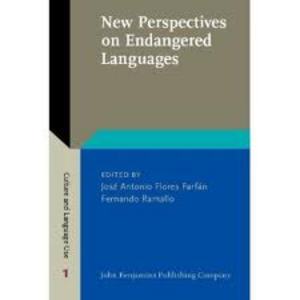The social life of a language: will Manambu survive?
Aikhenvald, Alexandra (2010) The social life of a language: will Manambu survive? In: Flores Farfán, José Antonio, and Ramallo, Fernando , (eds.) New Perspectives on Endangered Languages: Bridging Gaps between Sociolinguistics, Documentation and Language Revitalization. Culture and Language Use: Studies in Anthropological Linguistics, 1 . John Benjamins, Amsterdam, The Netherlands, pp. 13-28.
![[img]](https://researchonline.jcu.edu.au/15783/4.hassmallThumbnailVersion/15783_Aikhenvald_2010_Book_Cover.jpg)
|
Image (JPEG) (Book Cover)
- Cover Image
Download (4kB) |
|
|
PDF (Published Version)
- Published Version
Restricted to Repository staff only |
Abstract
The island of New Guinea is probably the most linguistically diverse and complex area in the world. The Sepik river basin displays cultural as well as linguistic diversity and fragmentation, perhaps more so than other areas of New Guinea. Many of the Sepik languages show signs of endangerment. Manambu, from the Ndu language family, is spoken by about 2500 people. Many Manambu children acquire Tok Pisin, the local lingua franca, as their first language, using it in their day-to-day communication. The paper shows that the value placed on the language by its speakers – and a number of cultural and economic trends in modern-day Papua New Guinea – are favourable to slowing down the process of impending language shift, and improving the perspectives for language survival.
| Item ID: | 15783 |
|---|---|
| Item Type: | Book Chapter (Research - B1) |
| ISBN: | 978-90-272-0281-9 |
| Keywords: | language documentation, language policy, sociolinguistics, dialectolog, Papua New Guinea, multilingualism, Manambu survival, Tok Pisin, language ideologies, purism, retention |
| Related URLs: | |
| Date Deposited: | 03 May 2011 06:33 |
| FoR Codes: | 20 LANGUAGE, COMMUNICATION AND CULTURE > 2004 Linguistics > 200407 Lexicography @ 100% |
| SEO Codes: | 97 EXPANDING KNOWLEDGE > 970120 Expanding Knowledge in Language, Communication and Culture @ 100% |
| Downloads: |
Total: 668 Last 12 Months: 28 |
| More Statistics |



